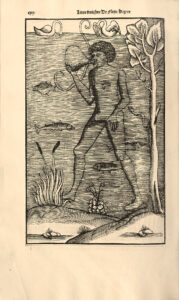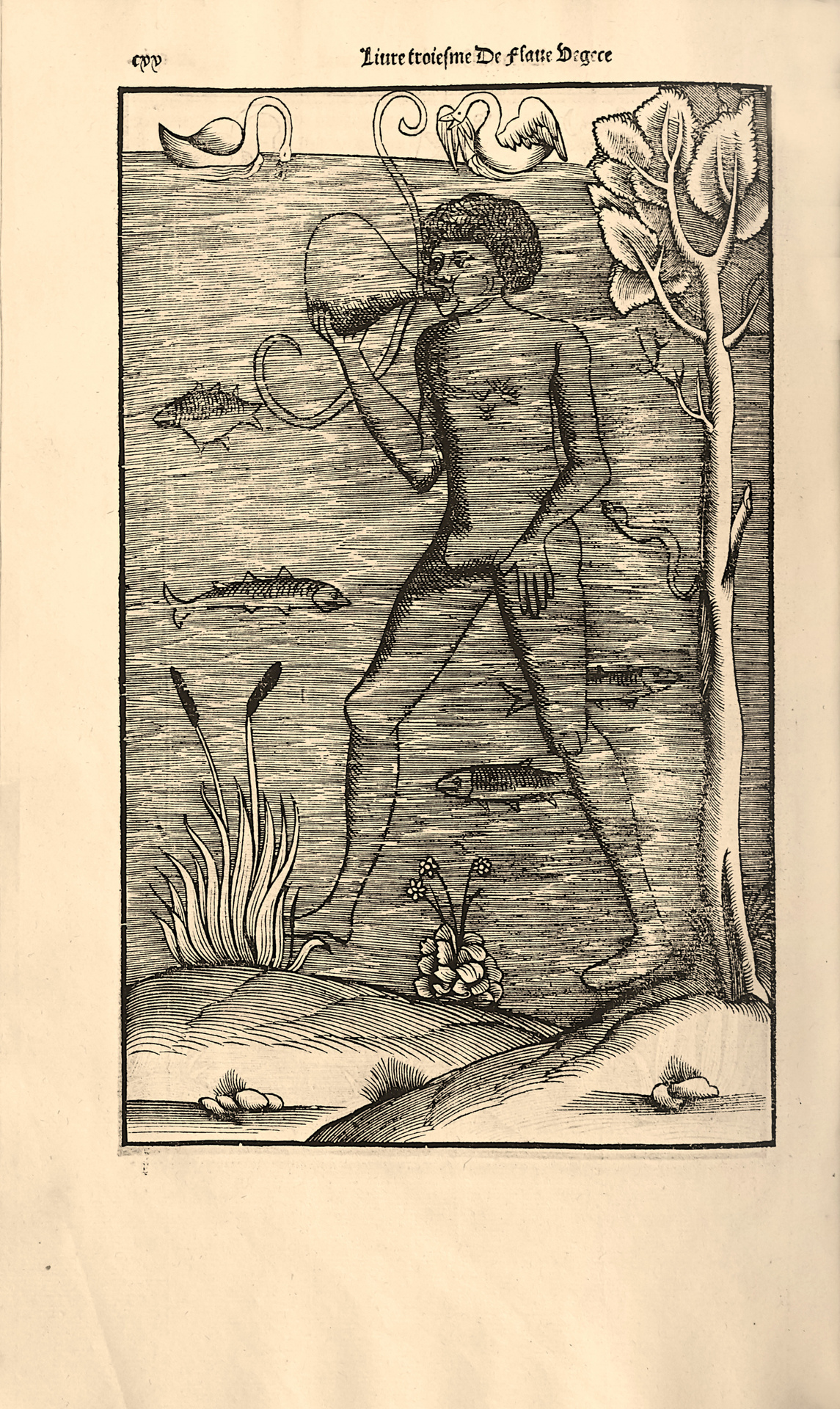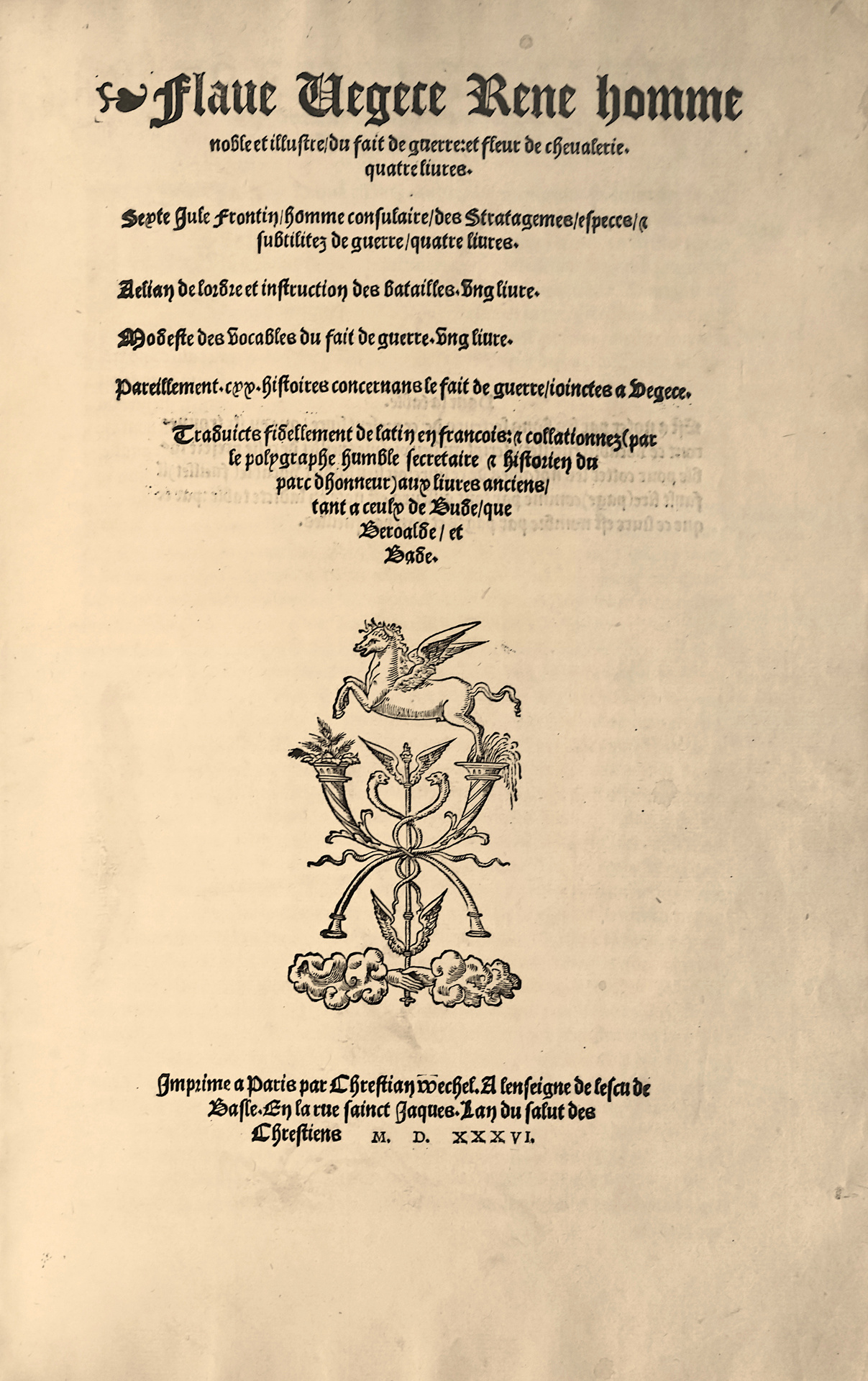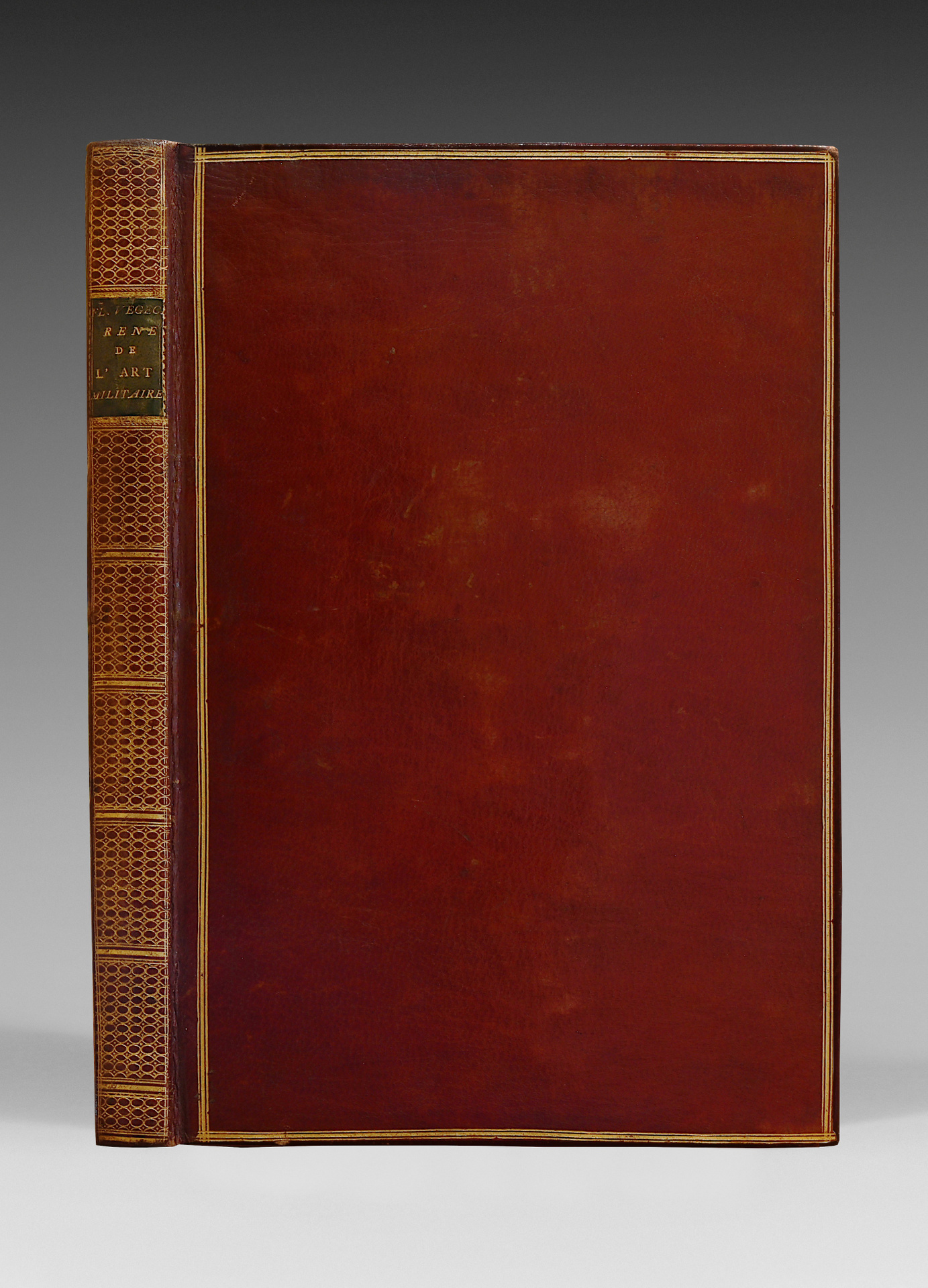Paris, Christian Wechel, 1536.
Folio of (6) ll, 320 pp, (4). Wechel’s printer’s mark on the title and on the verso of the last leaf. Red morocco, triple gilt fillet around the covers, flat spine decorated with a very fine gilt decoration, green morocco title-piece, decorated edges, inner border, gilt edges. Binding attributable to Padeloup around 1740.
297 x 194 mm.
“First edition of Nicole Volkyr de Serouville’s translation” (Harvard).
First French edition of Vegetius’ treatise devoted to military art.
Graesse, Trésor de livres rares et précieux, p. 293; Quérard, Les Supercheries littéraires dévoilées, 203; Brunet, V, 1162; Brun, p. 307; Harvard, French Sixteenth Century Books, 488.
This translation is the work of Nicolas Volcyre de Serouville.
“This edition of Nicolas Volcyre de Serouville’s translation of ancient writers on military art is sought-after because of the rather beautiful woodcuts with which it is illustrated” (Brunet).
The superb illustration consists of a suite of 120 large full-page woodcuts. Beautifully made, it is a formidable display of the art of warfare in the early 16th century, with soldiers depicted in action with their weapons and machines of war.
The most astonishing engravings are devoted to the diving equipment of the time: scuba diving, fishing and underwater combat, waterproof boots, ancestor of the bathyscaphe. Two very curious figures evoke the use of the lighter stone and the first version of the air mattress (C3).
“In the title, a group of knights talking with a character dressed in a furry coat (134 x 110). The rest of the 120 plates of a heavy workmanship, offers an astonishing suite of complicated and ingenious machines of war until projects of scaphanders and tanks […]. The French edition of 1536 presents the same illustration as the 1532 edition, but the figures are placed in a different order. (Brun, p. 307).
“The series of full-page blocks used in Wechel’s Latin editions recurs in this edition, printed in the same manner, as groups of plates at the end of each book. The order of the blocks has been changed slightly in books 2 and 4. In this edition, the cut of the lansquenet with the title, ‘Vegetius De re militari’ appears twice, on leaf s5r at the last Vegetius illustration and on the recto of leaf E5 at the end of the volume” (Harvard).
“Numerous woodcut figures, and, following, the copy of the large full-length portrait of Maximilian, after A. Durer” (Solar Library Catalogue, no. 588).
“A very well printed work, illustrated with beautiful woodcuts” (Méon, Catalogue de livres précieux, singuliers et rares, n° 1270).
Beautiful copies of this edition are very rare.
Thus the two copies cited in the Harvard catalog are incomplete with leaves E5 and E6 (“This copy lacks leaf E5, on which the two woodcuts are repeated; in a second Harvard copy, this leaf is present, with margins restored so that the larger cut is partially mounted, and leaf E6, with Wechel’s device is lacking”. (Harvard)).
A very good complete copy, from the Lindeboom library, admirably preserved and with superb proofs of the woodcuts.



